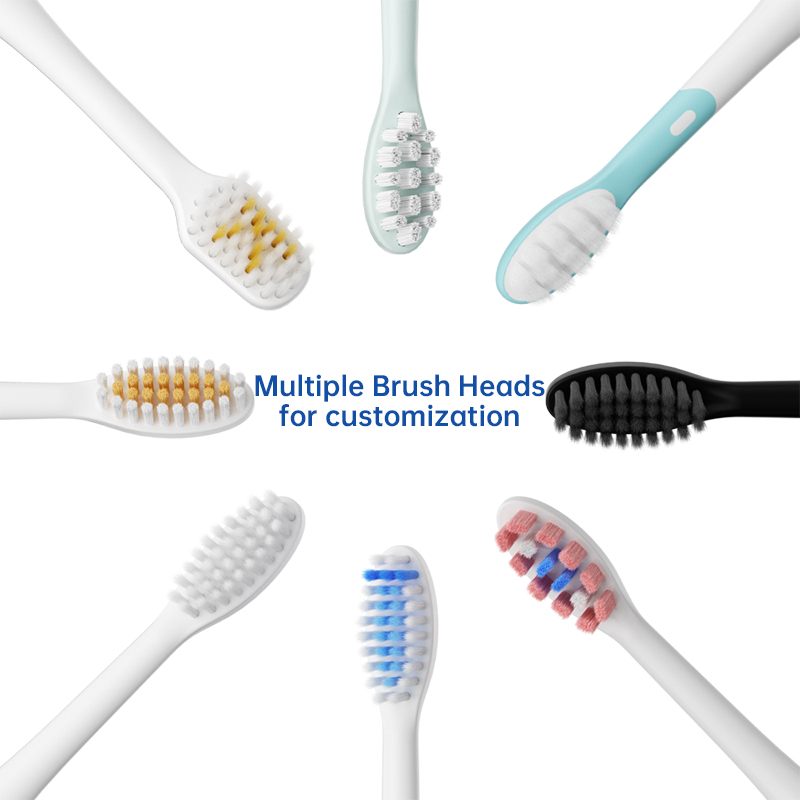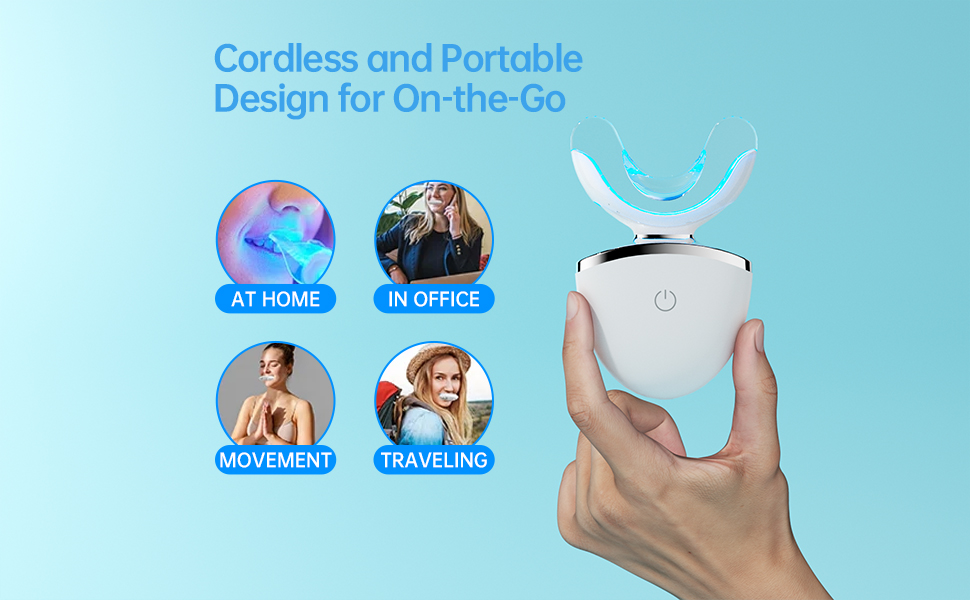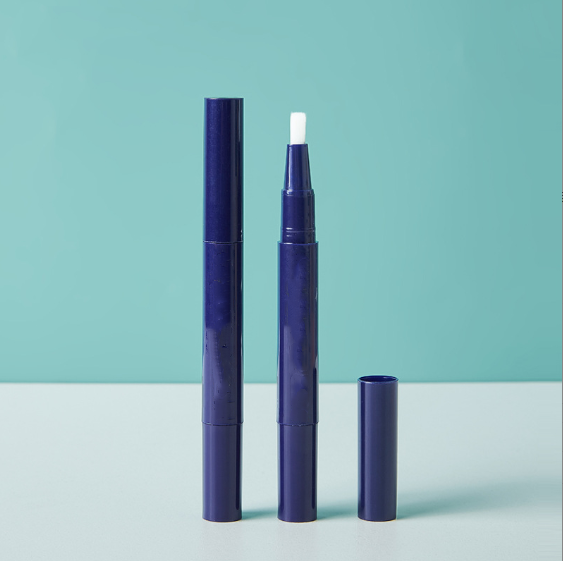Many users notice that their electric toothbrushes produce significant noise during operation, raising questions about the cause and possible solutions. While these devices are praised for their efficiency in oral care, the sound can sometimes be disruptive. In this article, we’ll explore why electric toothbrushes make noise, the factors contributing to this issue, and solutions for solving the noisy problem from the electric toothbrush manufacturer aspect.
Electric toothbrushes operate using a motor that generates vibrations to clean teeth effectively. These vibrations, combined with the oscillation or rotation of the brush head, naturally produce sound. However, excessive noise can occur due to:
The design and materials of an electric toothbrush play a significant role in noise levels:
At Powsmart, We provide customizable electric toothburshes with lower to 55db. The motor designed by ourselves is more quieter, effective and endurable compared with those cheap sonic motors.

If noise is a concern, consider these solutions for solving the noisy problem:
Leading manufacturers are continuously innovating to address noise concerns. For instance, high-end electric toothbrushes now feature:
While some noise is inevitable due to the mechanics of electric toothbrushes, excessive noise often stems from design or maintenance issues. Understanding why electric toothbrushes make noise and exploring solutions for solving the noisy problem can help users choose better products and improve their brushing experience. Investing and choosing a reliable electric manufacturer in quality and maintaining the device can ensure a quieter, more pleasant oral care routine and build a good brand reputation. https://www.powsmart.com/about-powsmart/.

Prospects of Dental Instruments in the Oral Care Industry

Prediction of the Future Development Trend of the Water Flosser Industry: Technological Innovation and Market Opportunities
Charging Corrosion Causing Motor Burnout?
-3-scaled.png)
Home vs. Professional Red and Blue Light Teeth Whitening Devices: Wavelength Stability and Energy Density Comparison

Is the Dallas toothbrush sale in-store only? Find Dallas store toothbrush stock!
Children’s Day Gift Ideas Electric Toothbrush | Powsmart

Looking for a China electric toothbrush that’s also a smart sonic toothbrush?
Tray Warping with Switch Corrosion – Time to Replace?

Water Flosser Market Trends in 2025: Consumer Preferences and Innovative Technologies

Magnetic vs USB-C Charging Analysis for Oral Care Products OEM Decision Makers

How does dental suction enhance infection control?

Are Oral Care Products Suitable for TK Small Businesses?

How to choose water flosser: Oral irrigator buying guide

How Does Whitening Kit Packaging Design Boost Appeal for Private Label Whitening Kit Brands?

Custom Logo Electric Toothbrush Vendor: Private Label Solutions
Electric Toothbrush for Dental Kit Programs | Custom B2B Oral Care Solutions

electric toothbrush heads Regular Clean

electric toothbrush heads Deep Clean

Electric toothbrush heads Charcoal Infused-Diamond
.jpg)
Florida Electric Toothbrush – Powsmart PTR-C8

Customization Teeth Whitening Gel

Private Label Whitening Gel

electric toothbrush heads Ultra Soft

electric toothbrush heads Charcoal Infuse-Round
whstapp
whstapp
National Toll-Free Service Hotline
+86 755 86238638